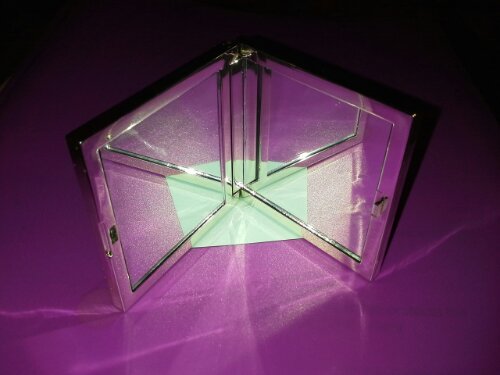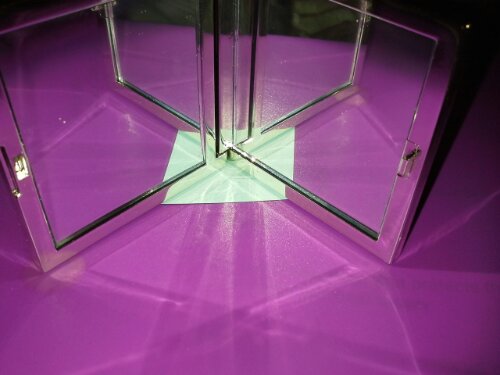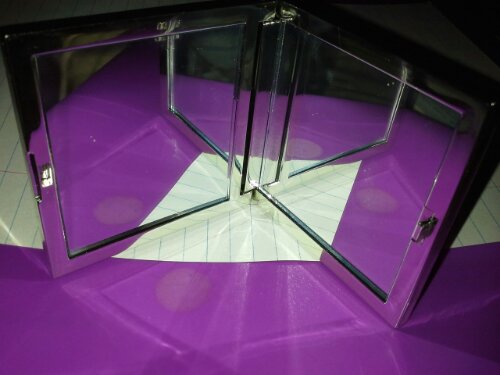If so many of our ‘at-risk’ students struggle with literacy, can we as teachers be smarter in how we present vocabulary, reading choices in class and providing better tools for students to develop their understanding of concepts and terms?
We are getting ready to take a look at polygons, interior/exterior angle sums…in the past, I have always listed names of polygons based on number of sides…but is that really correct? Afterall, polygon is many-angles… Should I change and reference the list names based on number of angles? Doesn’t that make more sense when we look at the history of the word?

Triangle, quadrilateral, pentagon, hexagon, heptagon, octagon, nonagon, decagon, 11-gon, dodecagon…the only one I see in the list that actually references sides is quadrilateral… I remember seeing the term quadrangle in one of my daughter’s elementary assignments a few years back…that makes more sense, right?

So then that lead me to diagonal…dia, something to do with “-gonal” angles… maybe connectiong angles? And there’s diameter…dia, something, to do with “meter” a measurement. And diagram…dia, something to do with “gram” something written…
From etymonline.com
diagonal (adj.) 1540s (implied in diagonally), from Middle French diagonal, from Latin diagonalis, from diagonus “slanting line,” from Greek diagonios “from angle to angle,” from dia-“across” (see dia-) + gonia “angle,” related to gony “knee” (see knee (n.)). As a noun, from 1570s.
diameter (n.) late 14c., from Old French diametre, from Latin diametrus, from Greek diametros (gramme) “diagonal of a circle,” from dia- “across, through” (see dia-) + metron “a measure” (see meter (n.2)).
diagram (n.) 1610s, from French diagramme, from Latin diagramma, from Greek diagramma”geometric figure, that which is marked out by lines,” from diagraphein “mark out by lines, delineate,” from dia- “across, out” (see dia-) + graphein “write, mark, draw” (see -graphy). The verb is 1840, from the noun.
So dia-is across, -gonal is angle, segment connecting angles…
I believe I will change how I present this to my students this year, which will allow them to connect this “new knowledge” to future concepts based on the history of the roots…
Curious about other’s ideas, suggestions. Please share.









